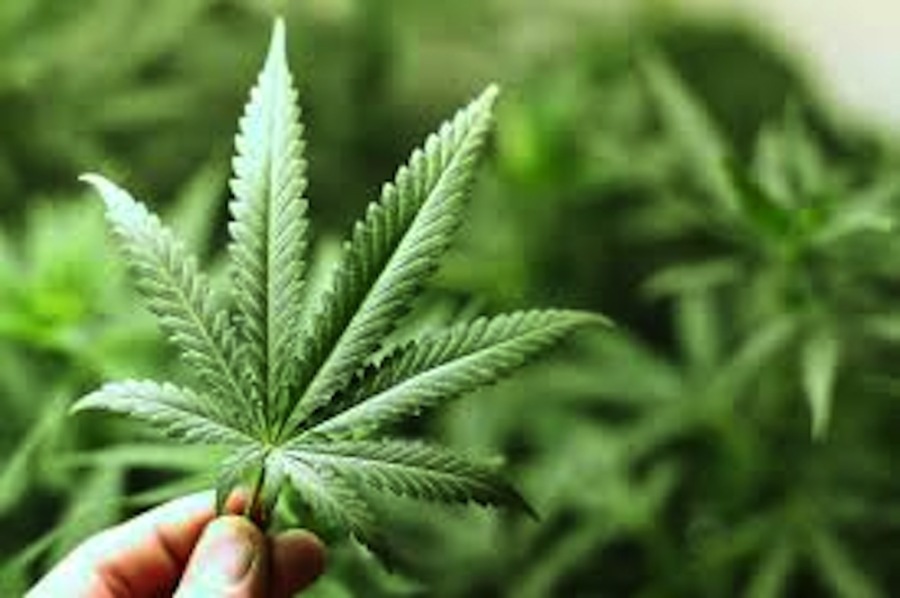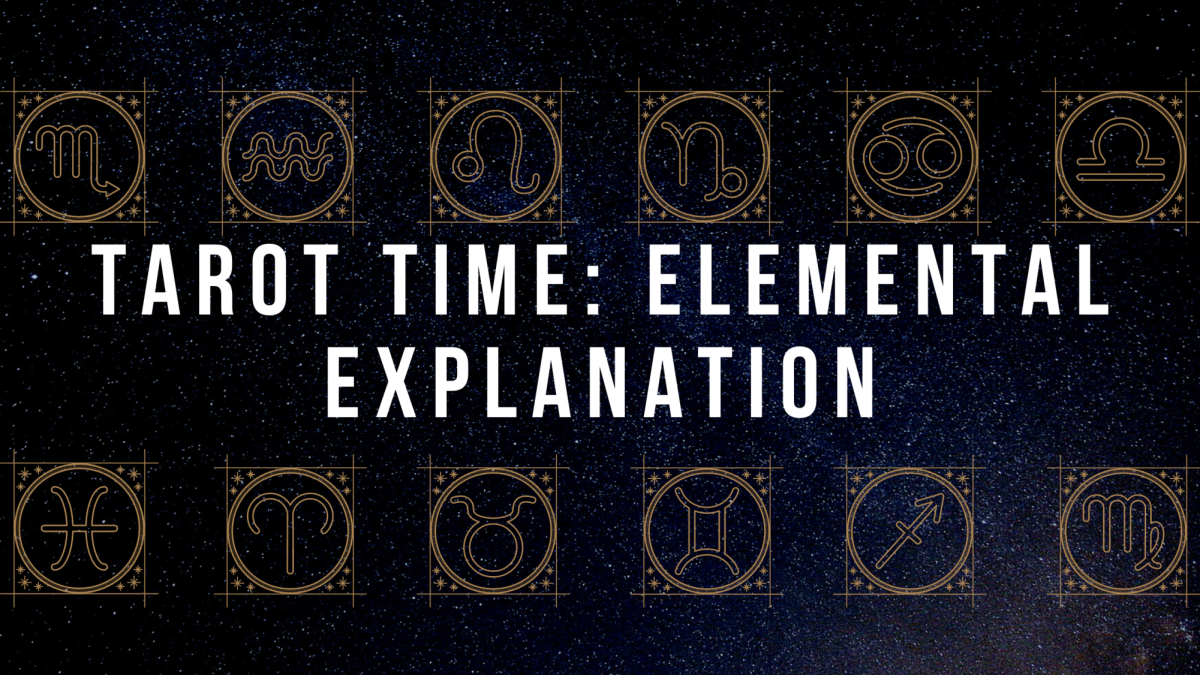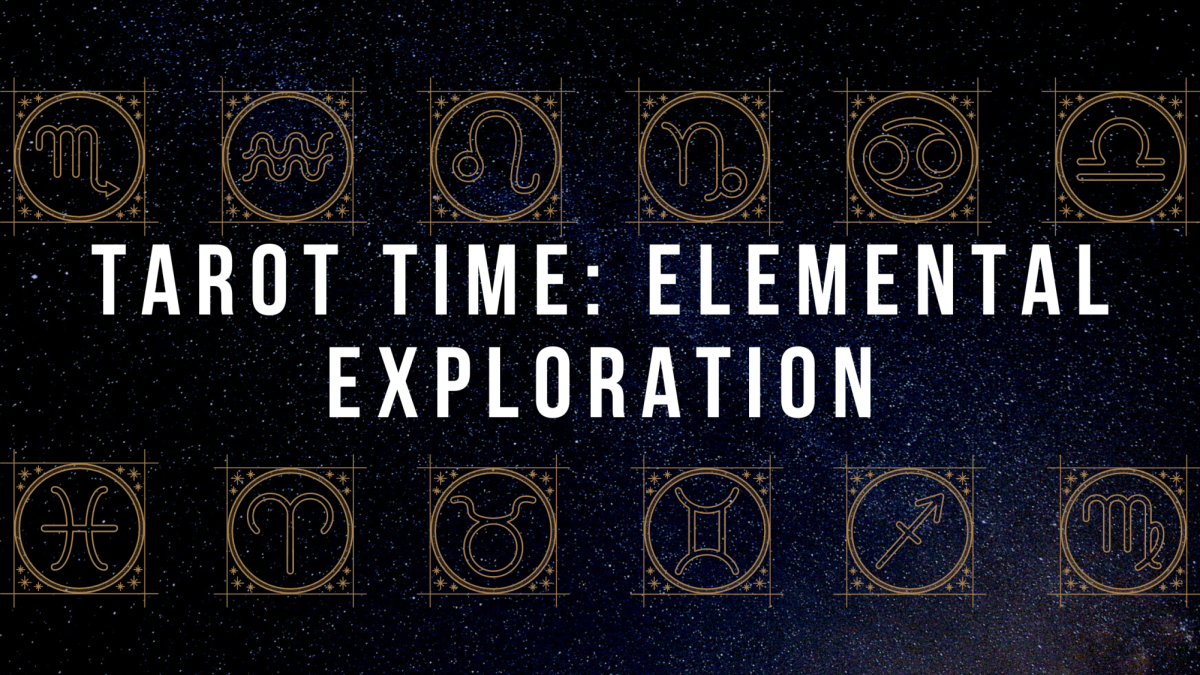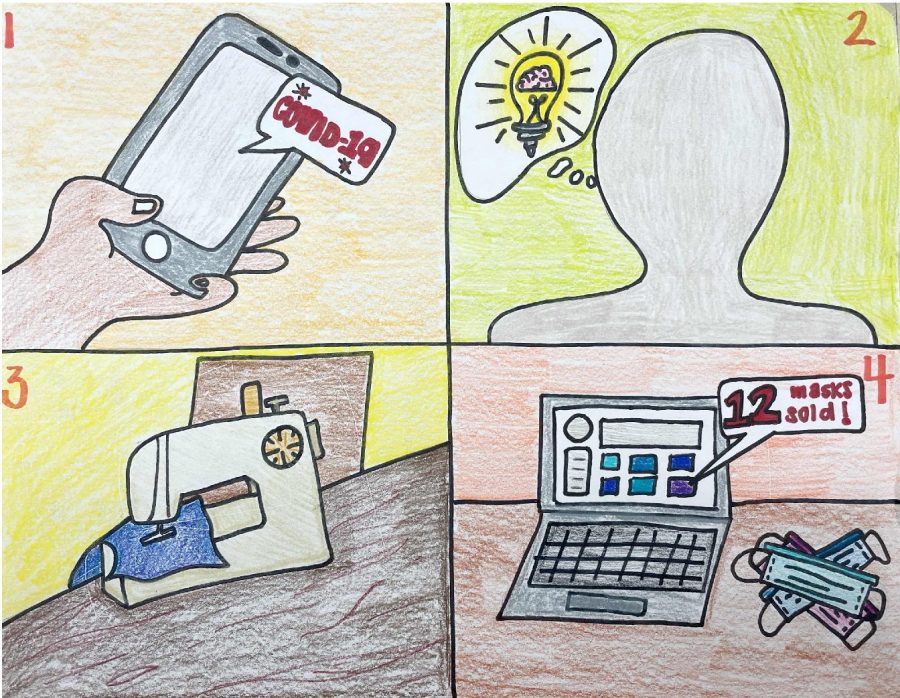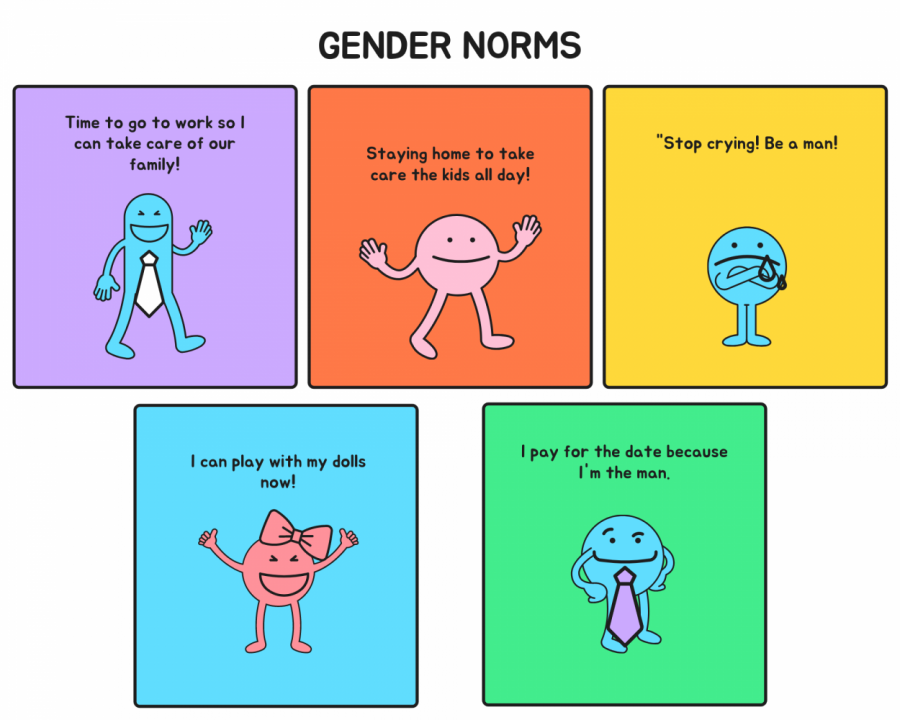Marijuana is a dry, shredded mix of green and brown leaves, flowers, stems and seeds from the plant Cannabis sativa. The plant itself contains a psychoactive chemical, tetrahydrocannabinol (THC). It is the most common illicit drug in the United States. According to government surveys, 25 million Americans have used marijuana in the past and 14 million do so today despite laws prohibiting its use. More teenagers today are smokers of marijuana than tobacco cigarettes.
One anonymous teen said, “I used marijuana as a stress reliever for about two years. I did it about once every two weeks, but when I wasn’t high I still felt stressed so it didn’t really work. Some teenagers use cigarettes as an outlet for their anxiety, but I chose marijuana because unlike cigarettes, it doesn’t damage your lungs or teeth as long as it’s done in moderation.”
When smoked, THC passes from the lungs into the bloodstream, which carries the chemical to the brain and organs. THC acts upon molecular targets in the brain called cannabinoid receptors which are activated by chemicals similar to THC called endocannabinoids. The cannabinoid receptors influence pleasure, memory, thinking, concentration, and sensory in the brain as well as time perception and coordinated movements.
Marijuana stimulates the endocannabinoid system which causes users to get high. When high, users have distorted perceptions, impaired coordination, difficulty with thinking and problem-solving, and disrupted learning and memory.
Another anonymous student said, “While I was high, I would have a poor perception of what was reality and what I was creating in my mind. Time would also go by really slow, and I would constantly marvel at the fact that only one minute had passed even though I felt like it had been an hour. Another effect of being high usually includes finding humor in every minuscule thing that happens. Because of the altered state of mind I knew I would be in, I always made sure I was in a safe environment before smoking. Most of the time I would do it at my friend’s house. ”
Research has shown that, in chronic users, marijuana impacts learning and memory. For adolescents, marijuana use can have long-lasting negative impacts on the structure and function of the brain. The smoke is an irritant to lungs and can also cause long-lasting respiratory problems. Studies show that regular use can also cause later developments in psychosis, depression, anxiety and suicidal thoughts.
Despite the numerous scientific facts that support the negative effects of marijuana, Colorado and Washington states passed laws allowing for personal possession and consumption of marijuana.
Lawmakers created regulations for the use of marijuana, including possession of only one ounce, having to be 18 years of age, cultivating no more than six plants and transferring of one ounce or less with no payment.
Although it is legal in these states to buy and use marijuana, marijuana possession, cultivation and use are federally prohibited. Users can be arrested if they are on federal property, including federal highways, if caught by police.























